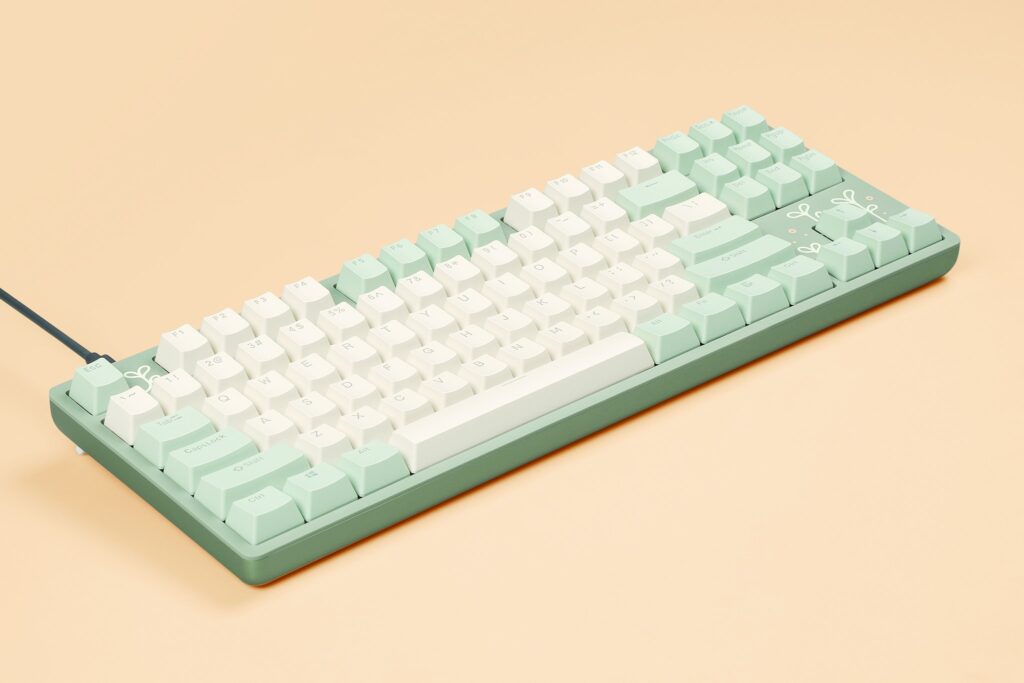If you use a mechanical keyboard, you may occasionally run into the issue of sticky keys. Sticky keys can be frustrating and disrupt your typing experience. Fortunately, there are several solutions to fix sticky keys that you can try at home without needing to take your keyboard to a professional. In this article, we will discuss the causes of sticky keys and provide step-by-step instructions on how to fix them.
Understanding Sticky Keys
Sticky keys occur when a key on your mechanical keyboard does not respond or stays depressed after you press it. This issue can occur due to several reasons, such as:
- Dirt and debris: Dirt, dust, and other debris can accumulate under your keyboard keys, making them stick.
- Liquid spills: Liquid spills can cause the keys to become sticky by seeping under the keys and affecting the keyboard’s electrical components.
- Physical damage: If a key or a switch underneath it is damaged, it can cause the key to stick.
- Wear and tear: Over time, keys can become sticky due to wear and tear.
Now that we understand what causes sticky keys, let’s move on to how to fix them.
Solutions for Fixing Sticky Keys
Here are some solutions you can try to fix sticky keys on your mechanical keyboard:
Solution 1: Cleaning the Keyboard
The first and easiest solution is to clean your keyboard thoroughly. To do this, follow these steps:
- Unplug your keyboard and turn it over to remove any loose debris.
- Use a can of compressed air to blow out any debris from under the keys.
- Use a soft-bristled brush to remove any remaining debris.
- Dampen a lint-free cloth with isopropyl alcohol and use it to wipe down the keys and keyboard surface.
Solution 2: Removing the Affected Key
If cleaning your keyboard doesn’t work, you can try removing the affected key and cleaning it individually. Here’s how to do it:
- Turn off your computer and unplug your keyboard.
- Locate the sticky key and gently pry it off with a keycap puller or a flat tool.
- Clean the key and the switch underneath it with a lint-free cloth and isopropyl alcohol.
- Place the key back on the switch, ensuring it clicks into place.
Solution 3: Replacing the Switch
If the key is still sticky after cleaning, it may be time to replace the switch. Here’s how to do it:
- Turn off your computer and unplug your keyboard.
- Locate the switch underneath the affected key and desolder it.
- Replace the switch with a new one of the same type and solder it back in place.
Solution 4: Preventing Sticky Keys
Prevention is better than cure, and the best way to prevent sticky keys is to take good care of your keyboard. Here are some tips:
- Keep your keyboard clean and free of debris.
- Avoid eating and drinking near your keyboard.
- Be careful when transporting your keyboard.
- Consider using a keyboard cover to protect your keyboard from spills and dust.
Conclusion
Sticky keys can be a frustrating problem with mechanical keyboards, but fortunately, there are several solutions to fix them. Cleaning your keyboard, removing the affected key, replacing the switch, and preventing sticky keys are all effective ways to keep your mechanical keyboard working smoothly. By following these steps, you can enjoy a comfortable and uninterrupted typing experience.

FAQs
Can I use soap and water to clean my mechanical keyboard?
No, you should not use soap and water to clean your mechanical keyboard. Instead, use isopropyl alcohol and a lint-free cloth.
How often should I clean my mechanical keyboard?
It’s recommended to clean your mechanical keyboard at least once a month, or more frequently if you use it frequently.
Can I use a vacuum cleaner to clean my mechanical keyboard?
No, you should not use a vacuum cleaner to clean your mechanical keyboard as it can damage the keyboard’s electrical components.
How do I know if I need to replace a switch?
If a key continues to be sticky after cleaning and removing it, then the switch underneath may be damaged and needs to be replaced.
Can I replace a switch on my own, or do I need professional help?
You can replace a switch on your own if you have the necessary tools and skills. However, if you are not comfortable with soldering, it’s recommended to seek professional help.

